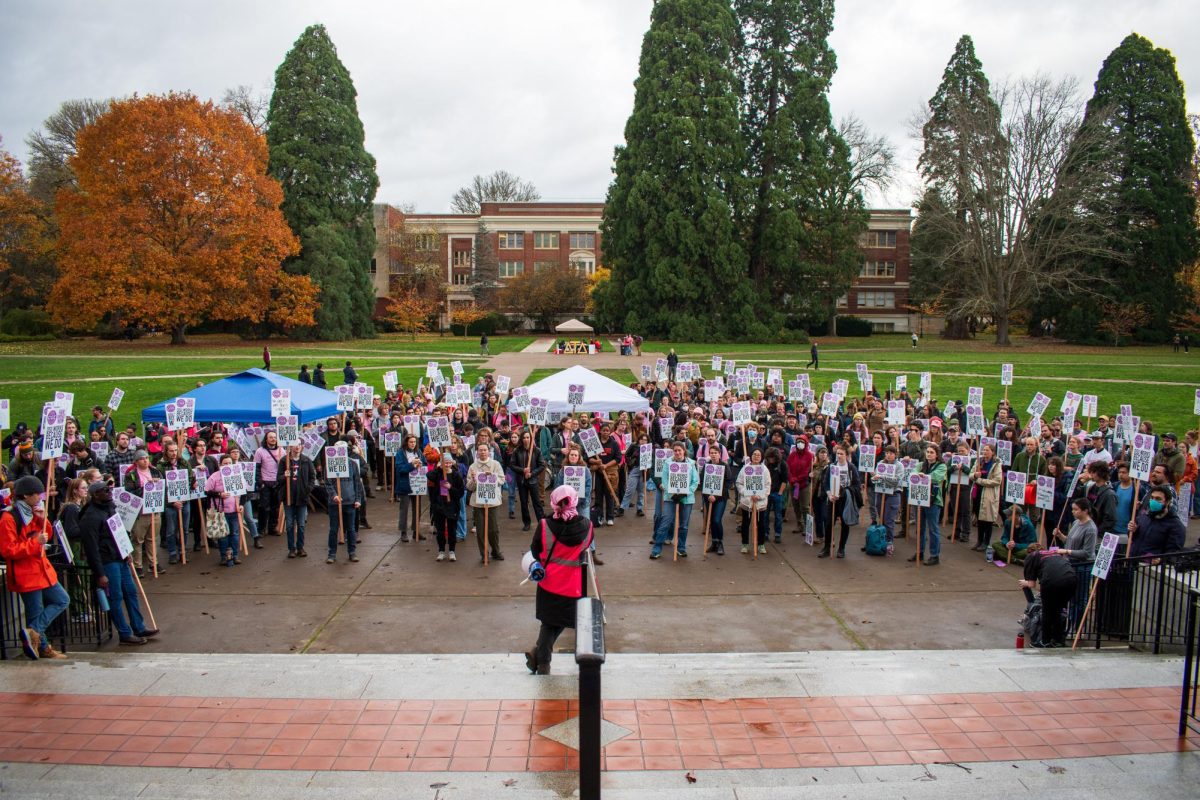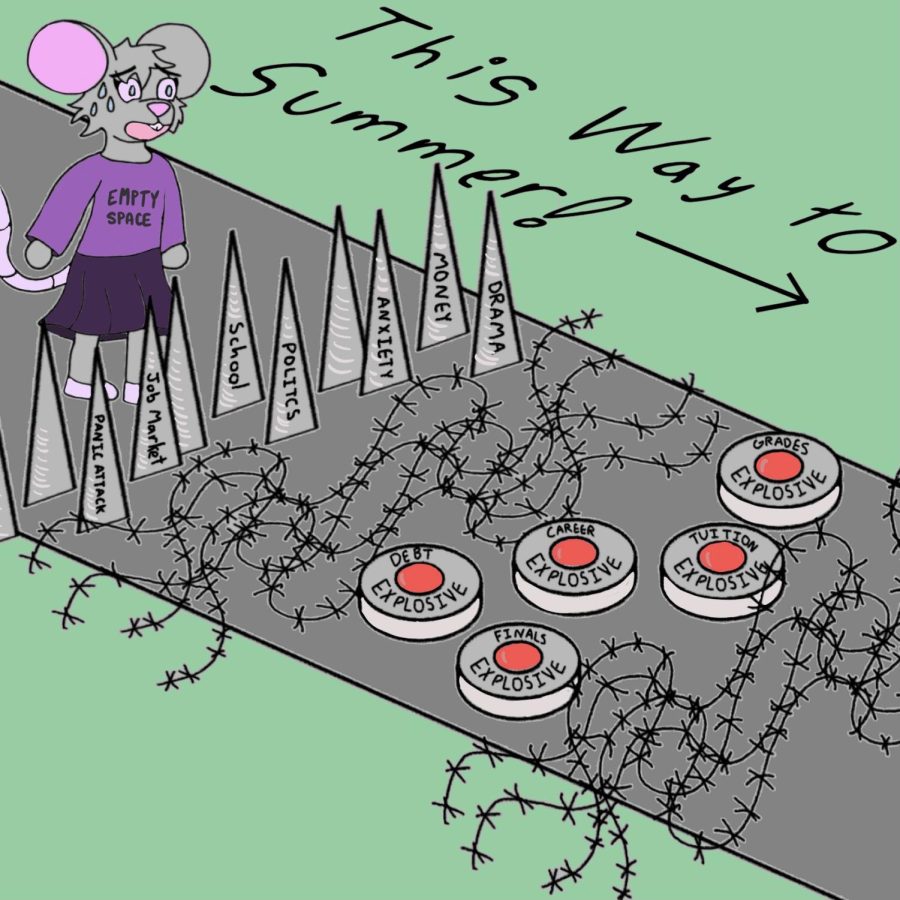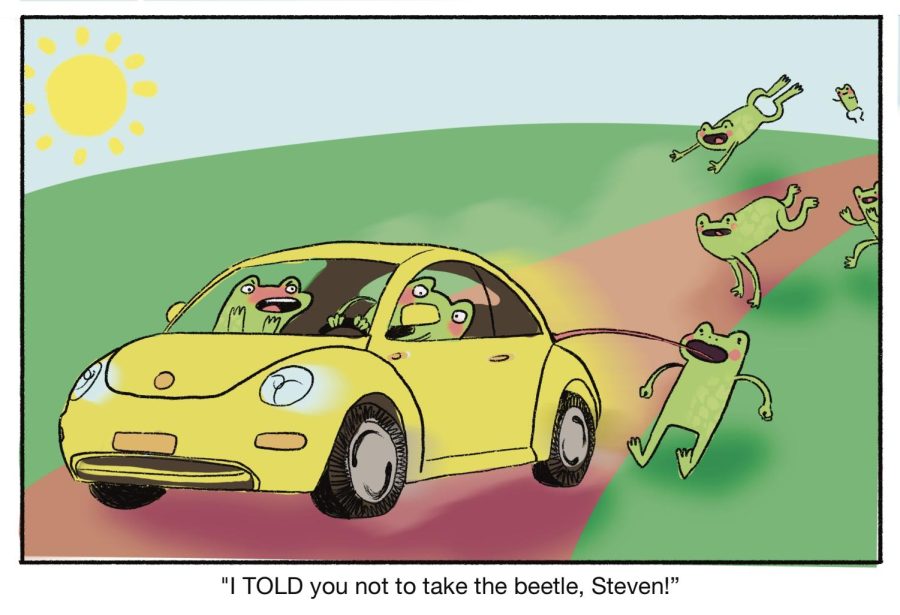The university reached over $400 million in research expenditures serving a variety of scientific fields, especially those that are environmentally oriented.
Oregon State University’s 2024 Research and Innovation Annual Report reported this 15% expenditure increase from 2023.
With the precedent set by Donald Trump’s first presidency, expectations on environmental policies and subsequent funding during his upcoming presidency appear uncertain.
This uncertainty could cascade onto students and faculty members as those involved in research may wonder about the security of their current studies or projects.
Historically, Trump has announced his disdain for the Environmental Protection Agency’s involvement in people’s lives through an array of funds and regulations, and in a past electoral speech given in Des Moines, Iowa, he promised that “Regulations, by the way, will be cut down to a fraction of what they are now.”
With OSU as a leader in environmental research and an active recipient of funding from organizations such as the EPA, the U.S. Department of Agriculture, and the National Ocean and Atmospheric Administration, the upcoming presidency raises questions about how the university plans to handle potential uncertainties in federal priorities as the new administration takes office in only a couple of weeks.
While there has yet to be enacted legislation, the mindset of OSU students is already being impacted; for example, those participating in either graduate or undergraduate environmental research.
Jayshaun Talbert, a second-year undergraduate research assistant who collaborates with Dr. David Kikuchi, assistant professor in the department of integrated biology, shared thoughts on his potentially fluctuating career path.
“I was intending on becoming a biologist for the federal government, as a federal research biologist, but under this new administration a lot of environmental federal agencies … are already underfunded in certain aspects as it stands, and a lot of them are going to get even more funding cuts or budget cuts,” Talbert said.
Danielle Berger, a second-year researcher and master’s student in forest ecosystems and society, said the department might face challenges in the future.
“(In human dimensions of forestry) I think that there’s a lot of limitations with funding already,” Berger said. “The funding that my research lab gets is typically on the smaller side already and I think that what we’re going to be seeing is… that’s going to severely limit our ability to do the research that we do.”
Julie Pett-Ridge, the associate dean for graduate education and research at OSU, was unable to comment about potential impacts that environmental research on campus may face as a result of potential policy changes.
Irem Tumer, the vice president for research and innovation, said “The university does not yet have enough information regarding the new administration’s policies to comment at this time. As you know, OSU is an international leader in environmental research, and we look forward to continued growth and global impact for many years to come.”







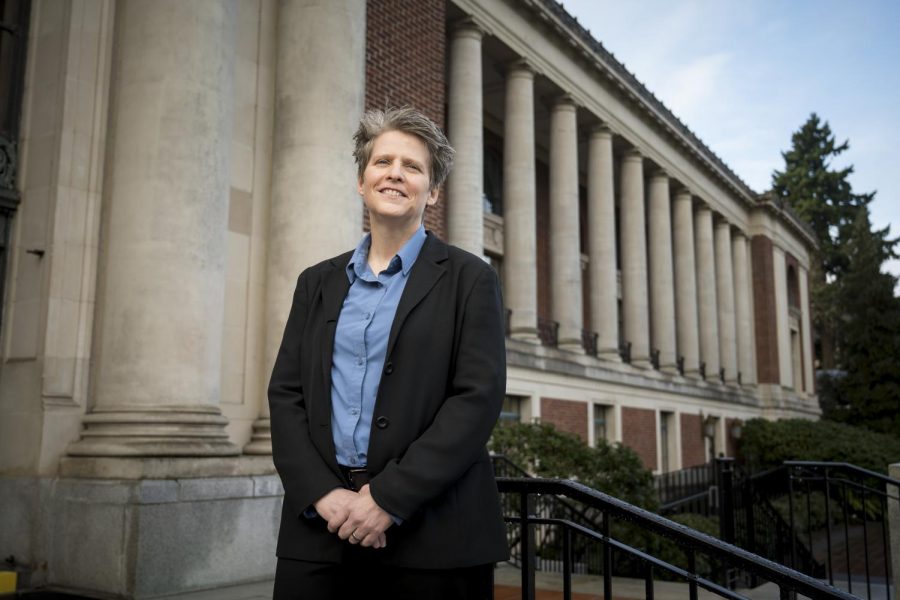
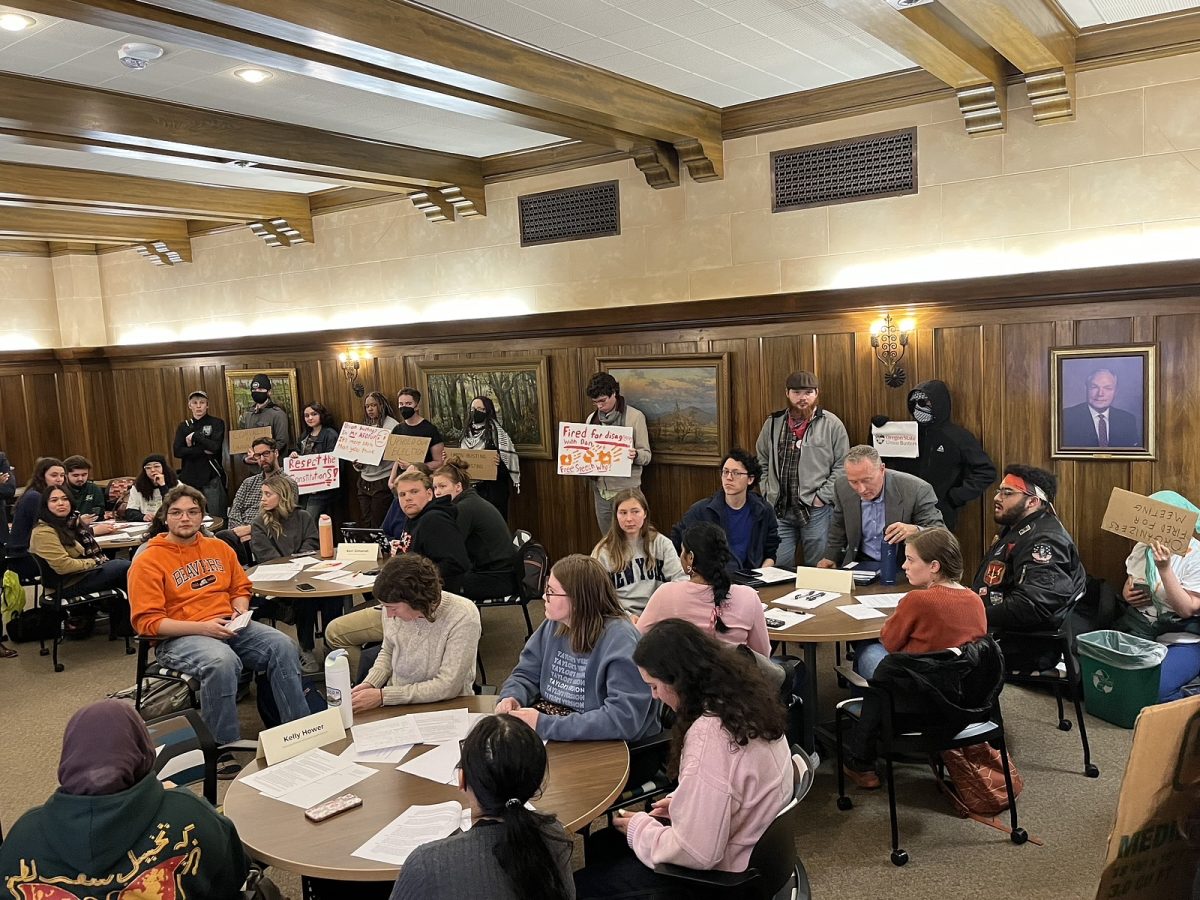













































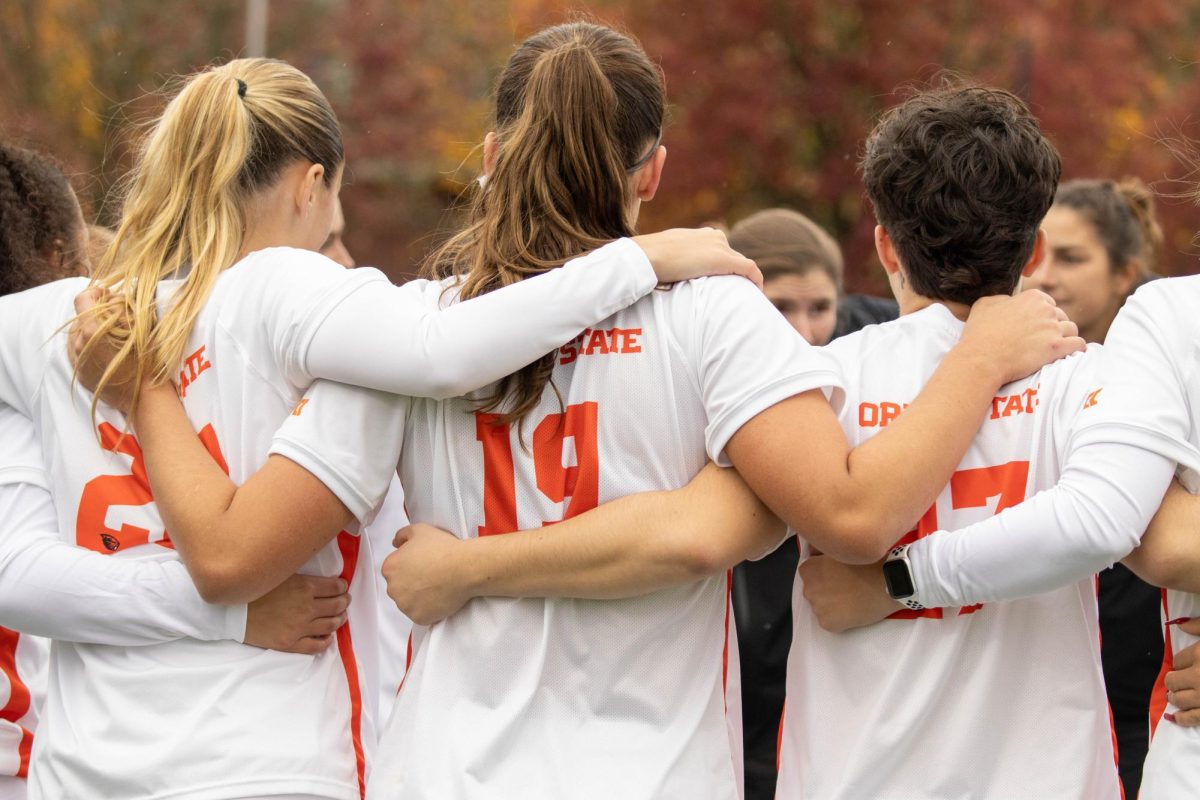



























![Newspaper clipping from February 25, 1970 in the Daily Barometer showing an article written by Bob Allen, past Barometer Editor. This article was written to spotlight both the student body’s lack of participation with student government at the time in conjunction with their class representatives response. [It’s important to note ASOSU was not structured identically to today’s standards, likely having a president on behalf of each class work together as one entity as opposed to one president representing all classes.]](https://dailybaro.orangemedianetwork.com/wp-content/uploads/2025/03/Screenshot-2025-03-12-1.00.42-PM-e1741811160853.png)









